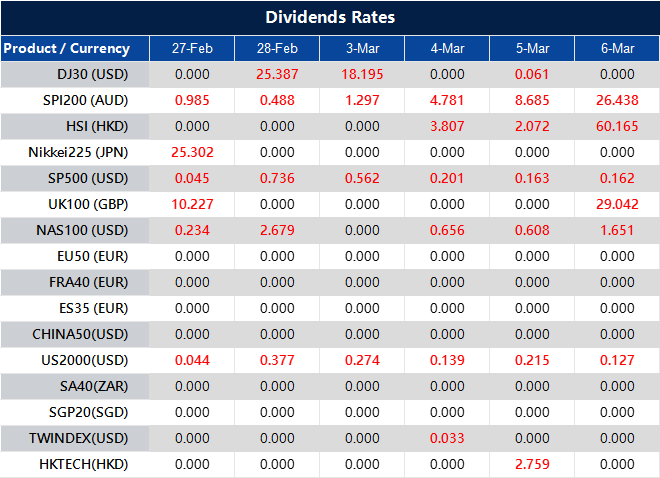Business confidence in Portugal decreased from 2.8 to 2.7 in February. This indicates a slight decline in sentiment among businesses operating in the country.
The shift may reflect changing market conditions and economic factors impacting business operations. Monitoring these trends can provide insight into the overall economic climate in Portugal.
A small drop in business confidence from 2.8 to 2.7 suggests companies in Portugal are feeling a little less sure about the months ahead. It’s not a sharp decline, but it shows that shifts in the economy might be influencing how businesses see their prospects.
This type of movement could be affected by a range of factors—interest rates, consumer demand, or global trade pressures. Even small changes in sentiment can hint at where things might be heading. Keeping an eye on these movements helps in understanding the broader economic mood in the country.
For those trading derivatives, this isn’t just a number on a chart. A slight dip in confidence may indicate businesses are growing slightly more cautious. If companies are less optimistic, they might invest less or slow down expansion plans, which can have a knock-on effect on supply chains and financial markets.
Over the next few weeks, it will be useful to watch if this trend in sentiment continues, stabilises, or shifts further. Confidence levels don’t move in isolation; they connect with employment figures, inflation data, and even borrowing costs. If further data supports this small decline as part of a broader pattern, adjustments may be needed based on the changing outlook.





